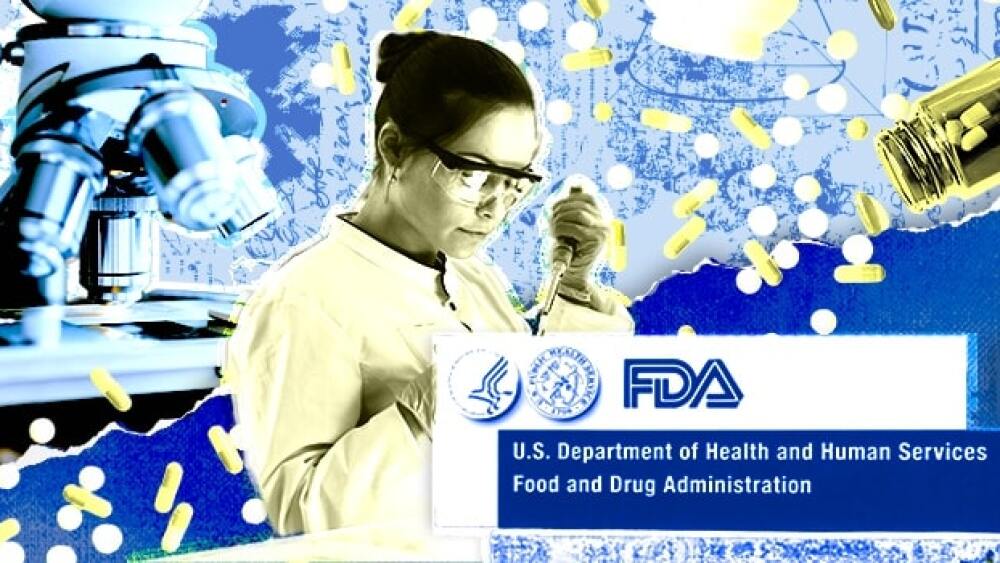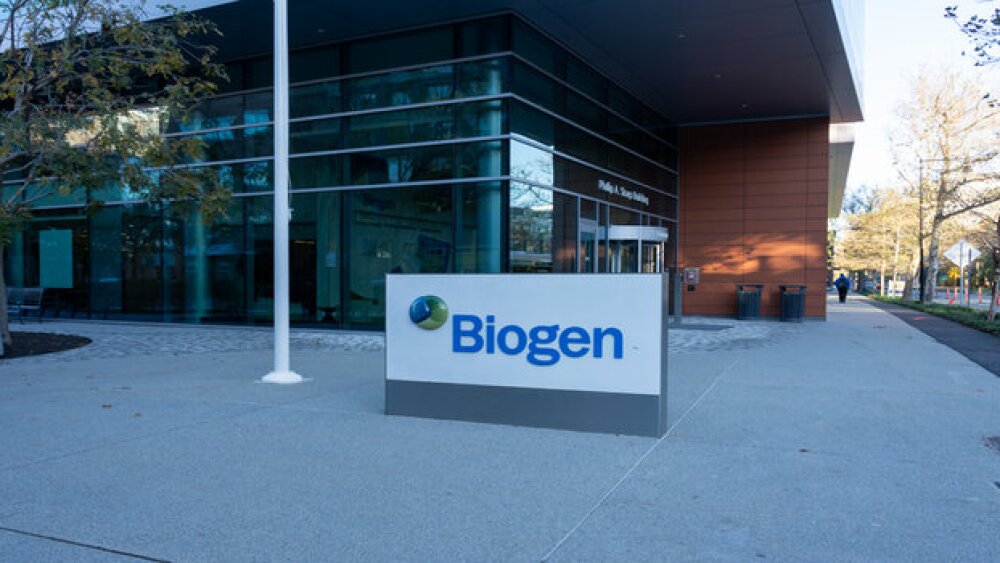SPACs – special purpose acquisition companies – have lost their luster and may never regain it. BioSpace spoke with Neal Gerber Eisenberg’s Gregory D. Grove.
Gregory D. Grove, partner, Neal Gerber Eisenberg/courtesy of same.
SPACs – special purpose acquisition companies – have lost their luster and may never regain it. That means other financing options will come to the forefront, particularly as stock prices tumble and the economy tightens.
To some investors, SPACs always seemed risky. They are, after all, blank check companies…shells…often just a group of sponsors with a plan to invest in a loosely defined ‘something’, with no operations and little to disclose, looking for investors.
The U.S. Securities and Exchange Commission (SEC) came to a similar conclusion regarding their risk and is evaluating a proposed set of rules to significantly tighten SPAC regulations, suggesting that the traditional gatekeepers for initial public offerings (IPOs) should also be there for SPACs.
Given the amorphous nature of SPACs and the more stringent proposed requirements, a number of the big investment banks, including Citibank, Credit Suisse, Deutsch Bank and Goldman Sachs, left the SPACs market this spring.
The issue is related to the availability of the safe harbor offered within the Private Securities Litigation Reform Act (PSLRA) of 1995 for forward-looking and other soft statements if the company had a reasonable basis for making the statements and a good faith belief that such statements were accurate when made. This safe harbor, however, is not available to companies during their initial public offering (IPO) of securities. That creates an “unfair advantage” for companies going public via a SPAC merger rather than an IPO.
“The proposed regulations make clear that SPACs aren’t eligible for that protection,” Gregory D. Grove, partner with Neal Gerber Eisenberg in Chicago, told BioSpace. Therefore, the proposed regulations require SPACs to further warn investors in plain English about the risks, such as what may happen, how things could go wrong and that there are no guarantees, and the proposed regulations may limit the willingness or ability of SPACs and underwriters to use projections.
“It also expands the mandatory disclosures that SPACs and their sponsors must make to the public.” For example, Grove said, “SPAC sponsors can make money even when the public loses money…because they often can walk away with a large equity stake.” SPACs have a time limit of, typically, 18 to 24 months to identify and acquire a company. “Sponsors who are up against the clock may choose a less attractive target, which may be a conflict of interest.”
Additionally, the proposed rules include a 20-day dissemination requirement, enabling shareholders ample time to research the candidate for the SPAC and, therefore, make better informed, more contemplative decisions. The SEC has also been suggesting that it wants to increase incentives for professionals to serve as gatekeepers who filter opportunities for potential shareholders.
During the de-SPACing process (which launches the acquired company as a public company), the proposed regulations would also require the SPAC’s targeted companies to sign as co-registrants to the de-SPACing activity. “They would likely use SEC form S-4 versus the easier, less costly proxy statement. Some say the additional requirements may be intended to intentionally chill the market for SPACs, even if the SPAC market is showing itself to be self-correcting,” Grove surmised.
The difficulty, from the perspective of the underwriters - the investment banks that market the SPACs - is that the proposed regulations are intended to hold them accountable for any material misstatements or omissions in a SPAC’s disclosure documents and potentially in the de-SPAC transaction disclosure documents. Some underwriters may be unwilling to take on that burden, Grove explained.
“SPACs are taken public, typically before they have a target,” Grove said. “When the companies de-SPAC, the original underwriters who created the SPAC have not typically helped with the de-SPAC merger, so they would argue they don’t have underwriter liability for the de-SPAC transaction and related disclosure documents. But, the proposed regulations suggest the original SPAC underwriters also should be liable for the de-SPAC merger transaction if they facilitate the transaction - and lot of things are packed into the term ‘facilitate.’ This decreases the desire to be involved in the SPAC market, and may reduce the supply of professionals willing to take on the added risk,” Grove said.
Now, “People are talking about a SPAC bubble like the tech bubble in the 1990s,” he noted. “For a variety of reasons, including risk of redemption, which can be offset with PIPE transactions, companies that could be attractive for de-SPAC transactions may be hesitant to merge with a SPAC until there is greater market and regulatory clarity.”
After the tech bubble burst, long-term players retreated to quality investments. If past is prologue, investors may be more conservative. In that circumstance, sponsors of SPACs, like fund managers of that time, could find themselves with limited opportunities and may be tempted to bid up valuations to potentially unreasonable levels in an effort to have a chance to produce attractive returns, which may in turn give investors increasing reason to exercise redemption rights.
What is certain, Grove said, is that “When one market becomes less attractive, others become more so.” Some read the proposed rules as a way to place IPOs and SPACs on a similar disclosure footing and take away what some perceive as an “unfair” advantage of SPACs over IPOs. This could mean early- and growth-stage companies go out earlier for IPOs, or that they seek venture capital interest at the early stage, and private equity and hedge funds at later stages with larger valuations. “There’s a whole spectrum of available financing sources,” Grove said.






